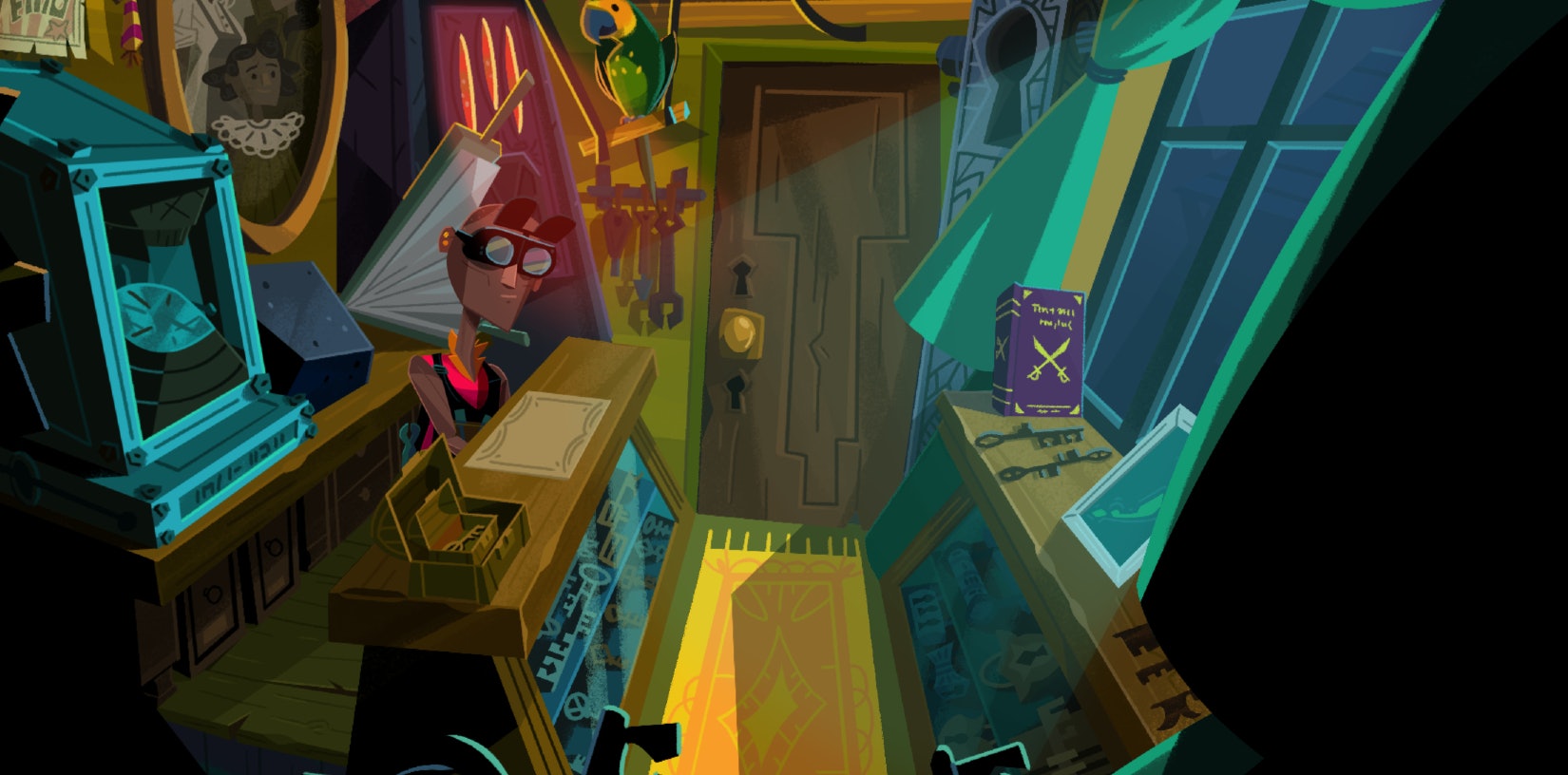
Over 30 years after the release of Monkey Island 2: LeChuck's Revenge, the point-and-click series is back with an all-new installment aptly titled Return to Monkey Island. This entry will feature the return of Game Director Ron Gilbert and Designer Dave Grossman, who both worked on the original 1990 adventure game. But a lot has changed in the past 30 years. Return to Monkey Island will serve as a direct continuation of the series that refines familiar mechanics and reintroduces beloved characters. At PAX West 2022, Inverse spoke with Gilbert and Grossman about the new game and how the team aims to make Return to Monkey Island the most approachable installment to date.
Reintroducing characters
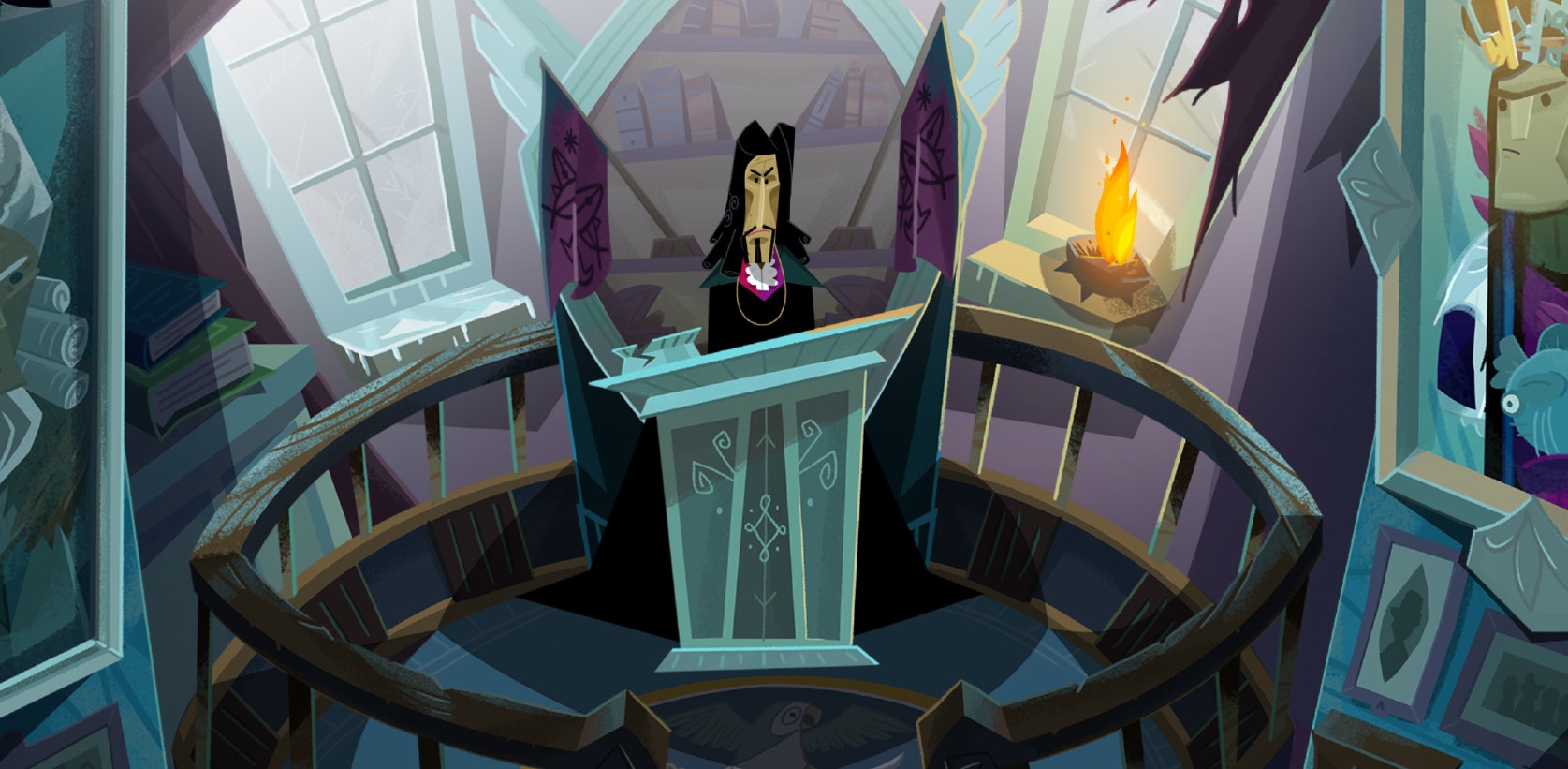
Although Return to Monkey Island serves as a direct sequel to Monkey Island 2, the new installment will make a point to acclimate players new and old so everyone can get up to speed. After all, it’s been over three decades since the last entry, so we probably could all use a bit of a refresher.
It all starts with making sure players are familiar with the wonderful cast of characters, including protagonist Guybrush Threepwood, his associates, and his enemies.
“A lot of what Dave did with the writing was to reintroduce the characters,” Gilbert tells Inverse. “We don't just throw you into a conversation with somebody and assume you have all this knowledge. We really have to reintroduce them. Who are they, and why are they there? What do they mean to Guybrush?”
Veteran players will, of course, understand references to previous installments, but the dialogue between characters will smartly offer up some light refreshers so anybody can understand what’s going on.
So, it seems that even if players have not experienced the other games, Return to Monkey Island will have its cake and eat it, too — continuing the story from past entries, without alienating newcomers. And, according to Gilbert, Return to Monkey Island will most certainly answer many of the lingering questions left at the end of Monkey Island 2.
A dynamic hint system
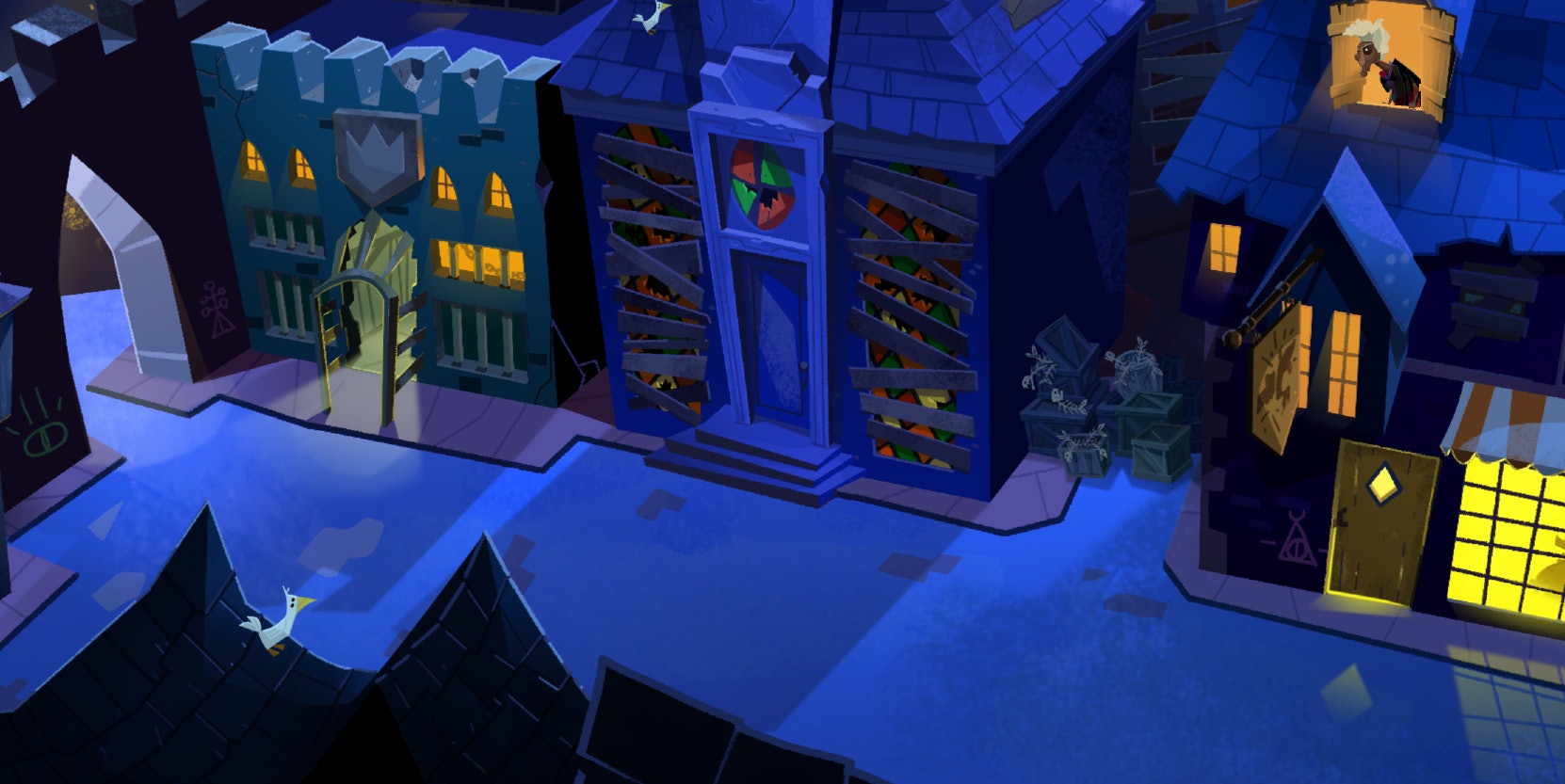
Some point-and-click adventure games get frustrating rather quickly. Since the release of Monkey Island 2, game design has become much more refined, with a greater emphasis on alleviating player frustrations.
When Monkey Island 2 was released, looking up solutions on the internet wasn’t as feasible, but now, puzzle games often discourage players from simply Googling an answer. That’s where the dynamic hint system in Return to Monkey Island comes into play.
Early on, the player can earn a hint book, which actually gives you clues based on the specific progress you’ve made thus far. The book then appears in your inventory, allowing you to access it at any time.
“Unlike looking stuff over the internet, the hint book actually knows where you are in the game,” Gilbert says. “We know what puzzles you have solved. And we can really tailor all the questions we ask you based on the moment we think you are in the game.”
Grossman and Gilbert noted that looking up answers on the internet can sometimes lead to wrong information, making it even harder for the player to figure out what to do next.
Not only that, but Return to Monkey Island will also incorporate a casual mode that focuses less on gameplay and more on story, emphasizing a new degree of accessibility.
Modernized presentation
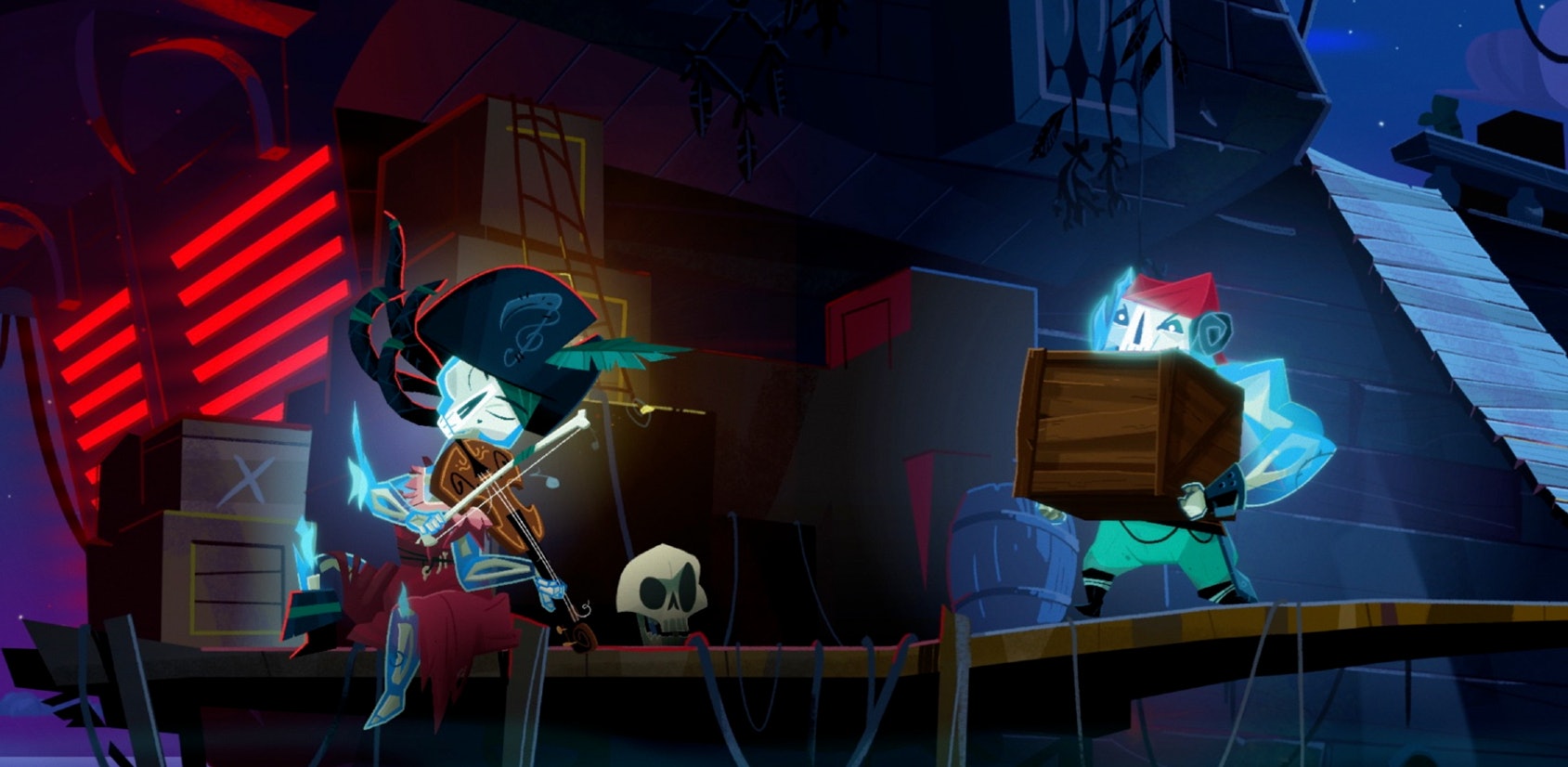
The most obvious improvement from previous entries is Return to Monkey Island’s UI and presentation. In this game, you no longer have to construct sentences to utilize items while simply exploring the world. You’d previously have to try and select different words and phrases to perform actions, such as opening a drawer or using an item.
“Instead of having you construct a sentence in the old way with verbs that you need to write, it’s far more streamlined now,” Grossman says. “There are a lot of failure points where it's just like 70 percent of the answers that don't seem to work.”
Players will now simply get a prompt to utilize certain items in specific situations, removing the need to deal with a finicky sentence system.
The overall visual style is also an important example of modernity in this case, despite the controversy over its vibrant and bold new art style. Gilbert reflected on similar criticisms of his 2017 game Thimbleweed Park, which also had a distinct art style that was met with mixed receptions.
“I think we very quickly decided that we did not want to do pixel art,” Gilbert explains. “And a lot of reasons are because Thimbleweed Park was all pixel art.”
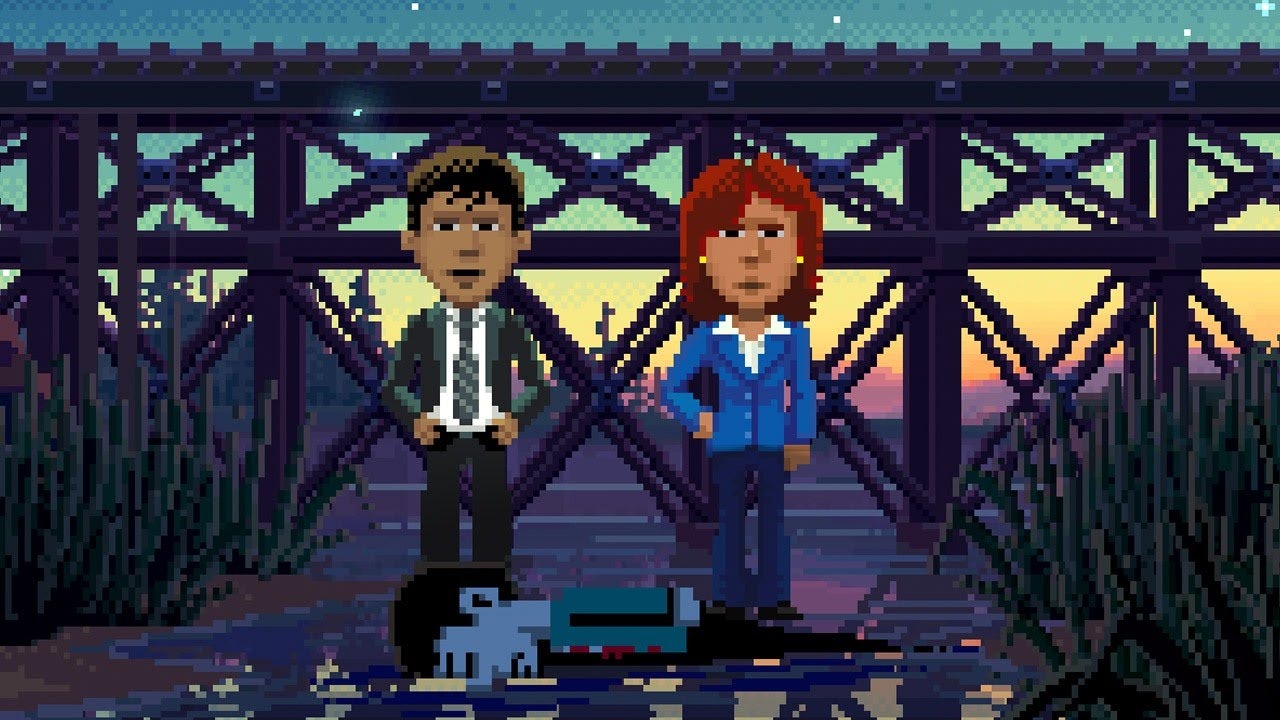
“It was a well-received game, but I literally cannot read an article written about Thimbleweed Park, where they do not call it a ‘throwback game,’” Gilbert adds.
He explained how, despite Thimbleweed Park’s retro visual style, it’s “actually very modern and very interesting.” Gilbert says he doesn’t want Return to Monkey Island to look or feel like a retro game, and instead wants it to feel new and contemporary.
Gilbert and Grossman say they’re unsure if they’ll ever work on another Monkey Island game after they ship Return to Monkey Island, but they seem optimistic about the series’ future.
“I don't know whether we will make another game in the series, but I cannot imagine that the world will not have more Monkey Island,” Gilbert explains.
Return to Monkey Island launches for PC and Nintendo Switch on September 19, 2022.







